When people thought of Butte in the early 1900s, prior to prohibition, they thought of a, “wide open town,” where sex workers walked to streets, gambling was accepted and alcohol flowed at all hours of the day. But this was only the case for men. Men could publicize and indulge in their vices during broad daylight without concerns over arrest.
Montana’s legislature reinforced this mindset in 1907. A new law banned women from saloons, forcing owners to dismantle spaces designated for female drinkers. “Winerooms–the partitioned areas in which some saloon owners permitted women to drink–were considered incubators of prostitution.”(1)
Carrie Nation–or better known as Hatchet Granny–was a woman of fame, controversy, and temperance, opposing alcohol before prohibition. She was remembered as visiting establishments who served alcohol with a hatchet in hand. In January 1910 she visited Butte for the first time. Records state she would march up Arizona Street to Mercury, giving anti-drinking speeches and pleading with saloons to close.
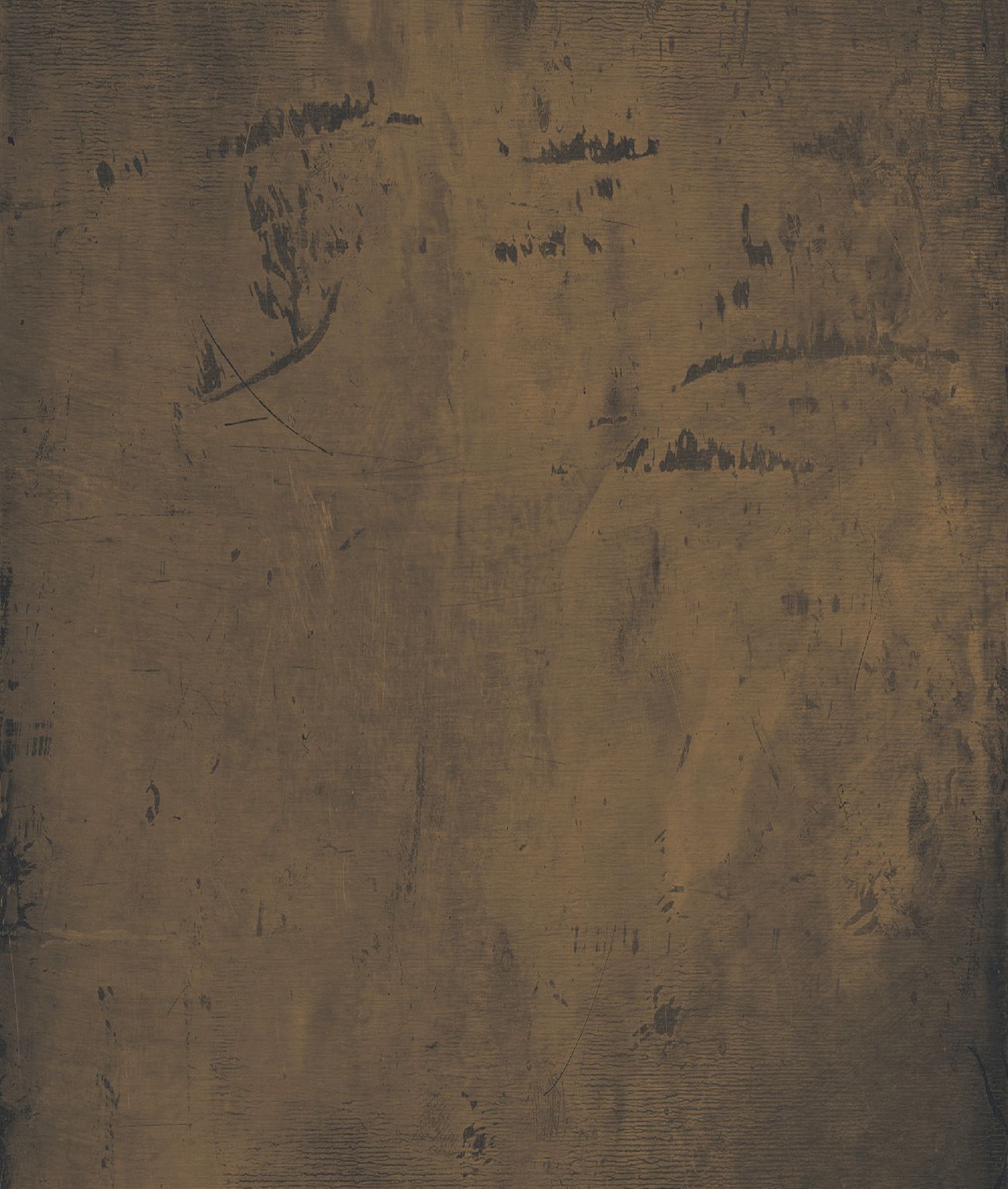
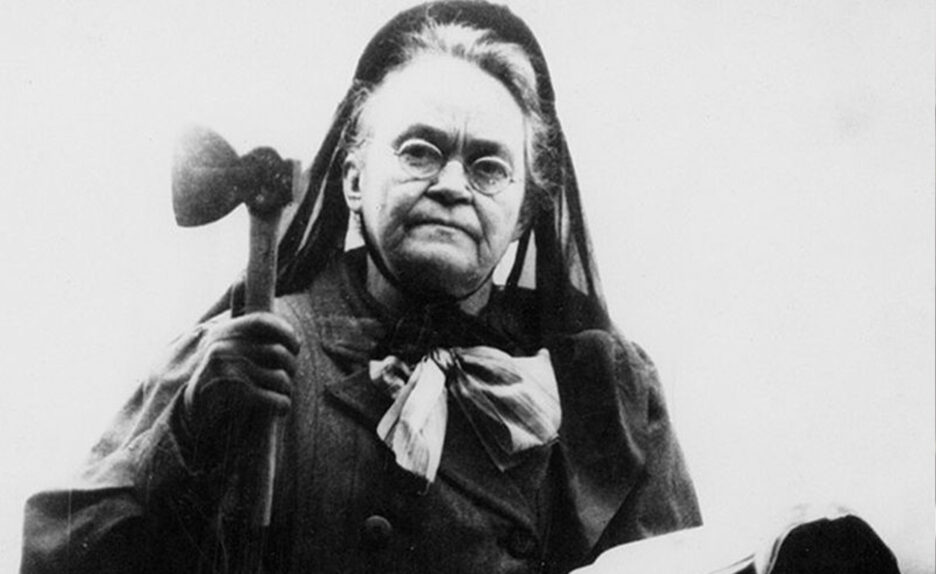
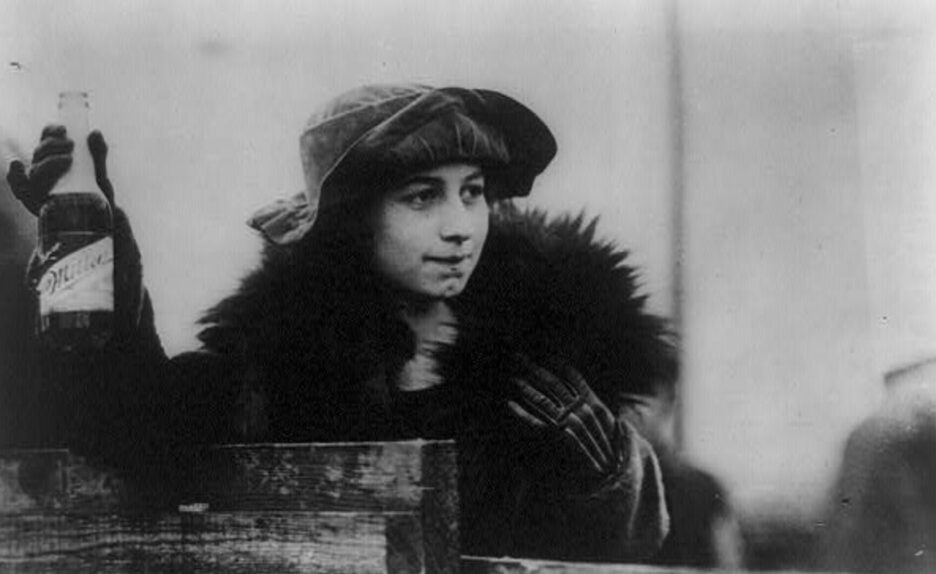
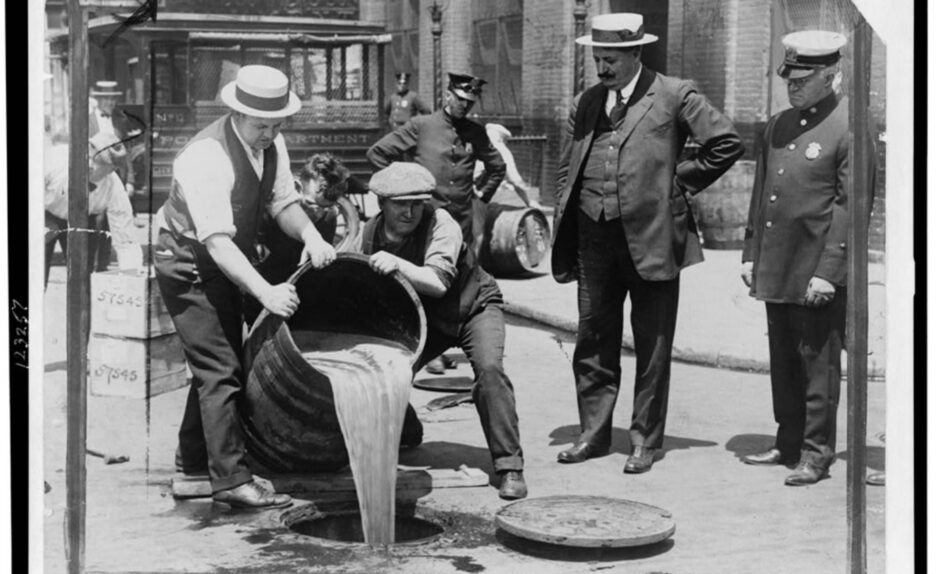
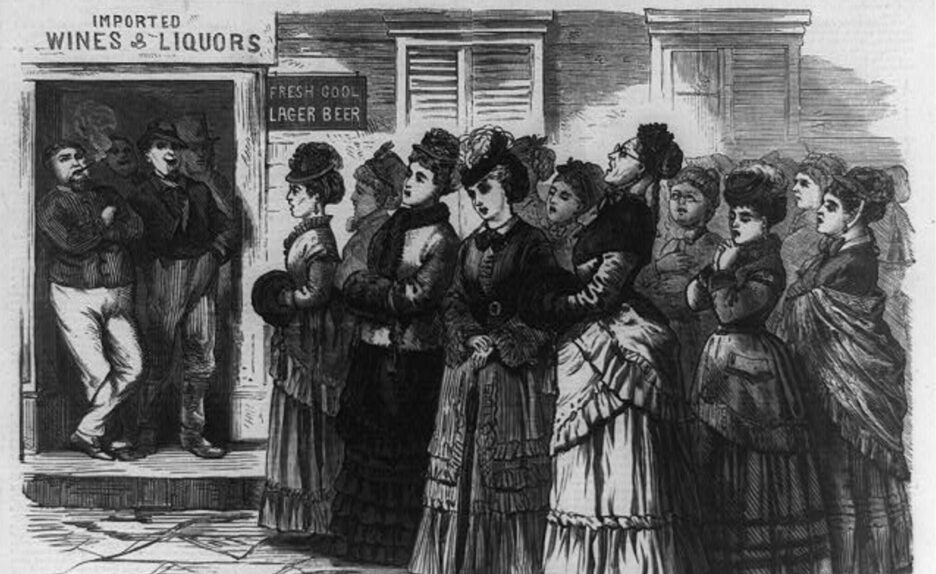
While most of Butte didn’t agree with Hatchet Granny, many other Montanans did. Groups such as the Women’s Christian Temperance Union were able to persuade voters that alcohol was evil. It would take two years after voting, late 1918, for prohibition to begin in Montana–at least on paper. The rest of the nation would follow by going dry at midnight on January 17, 1920.
Butte, an area where prohibition had been adamantly rejected, felt little to no effect. Law enforcement would look the other way and many officers were accepting alcohol as a form of bribery. The economy relied on it and, instead of serving it at the bar, spirits were moved underground, sometimes literally, to speakeasies, out of sight from the public.
And while Prohibition may have created some challenges in communities like Butte, it offered women a chance to revolutionize the distilling industry and forever changed what was considered to be a male-dominated profession. It helped that, if caught, women received little to no punishment and could return right back to distilling.
The concept of women making alcohol was so unheard of at the time that police would look for any reason to charge a man for a crime even when the evidence pointed to a woman perpetrator. In 1922, a Federal Prohibition Officer was driving his car on Nettie St. before it broke down. Going to a neighboring home for assistance, he found Maud Vogen and her mother working a 20-gallon still. Despite being caught in the act, police were convinced it was her husband, Andrew, but investigations showed they had not been living together for some time. When questioned, Andrew denied all knowledge of the still and police were forced to revolutionize their preconceived notions on what women could do.
“In the 1920s judges and juries alike, whose previous contact with female criminals had been almost exclusively with prostitutes, were confounded by gray-haired mothers appearing in their courts on bootlegging charges.”(2)
“In all aspects of the liquor business, women moved into spaces that had once been reserved exclusively for men.” This was the first step in transforming rigid gender roles that had a firm grasp on how women were to act before prohibition. Drinking, “was one of the most gender-segregated activities in the United States.”(1)
To make extra income, and to provide themselves with booze, women took up bootlegging. Hiding their activities from husbands was easy. At this time women were mostly housewives that knew their husbands routines and the areas of the home they would and would not visit. Hiding a still and mash in those areas guaranteed, for most of them, that their husbands would never even notice. Using milk bottles, women hid and moved alcohol to market, sometimes with the help of the local milkmen.
Women were thriving. But, unlike how the Federal Prohibition Officers would claim, it wasn’t just to indulge in personal vices.
Nora Gallagher was a Butte widow with five children. As time passed, money became tighter. Then the idea came–moonshining. She brought a 50 gallon still home and started distilling. When arrested and brought to trial in 1921, she explained she was moonshining to dress her five children in nice clothes for Easter.
Bootlegging became synonymous with independence for women. It gave women an avenue to consider what they were capable of doing, rather than what they were supposed to do.
Drinking during Prohibition became an equal-opportunity vice.

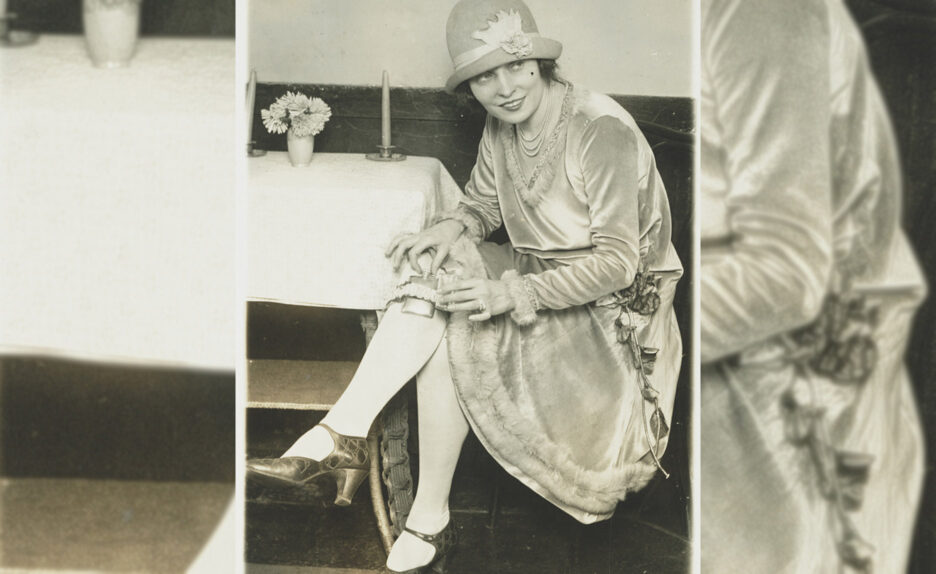
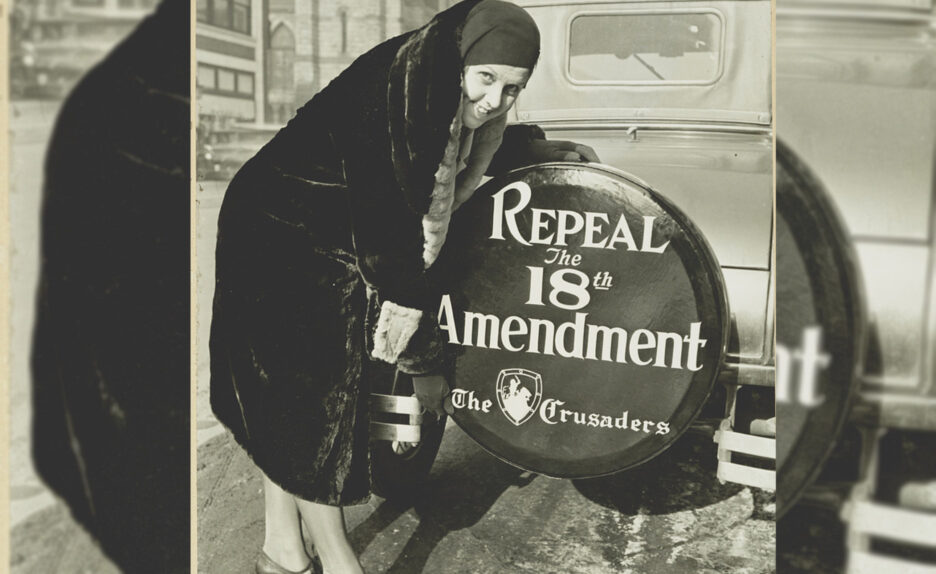
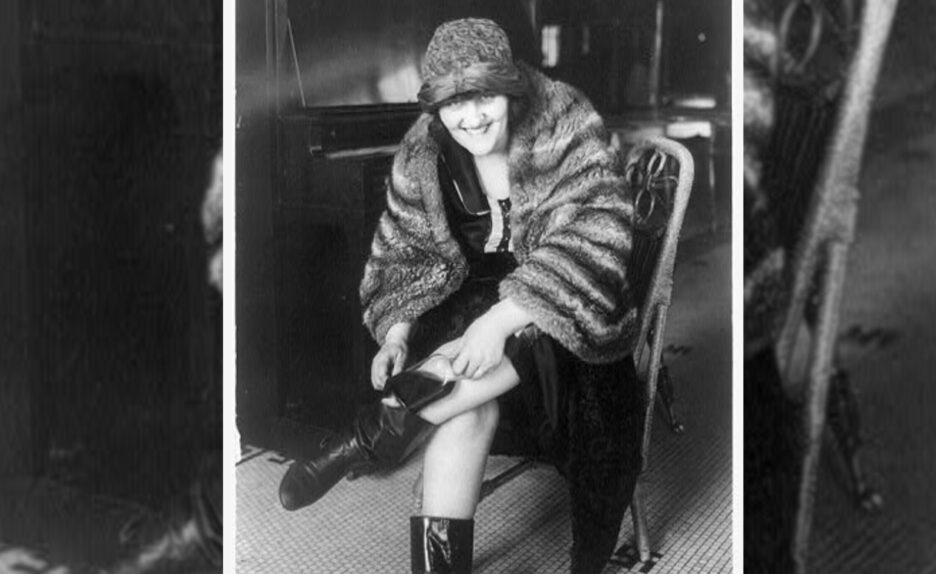
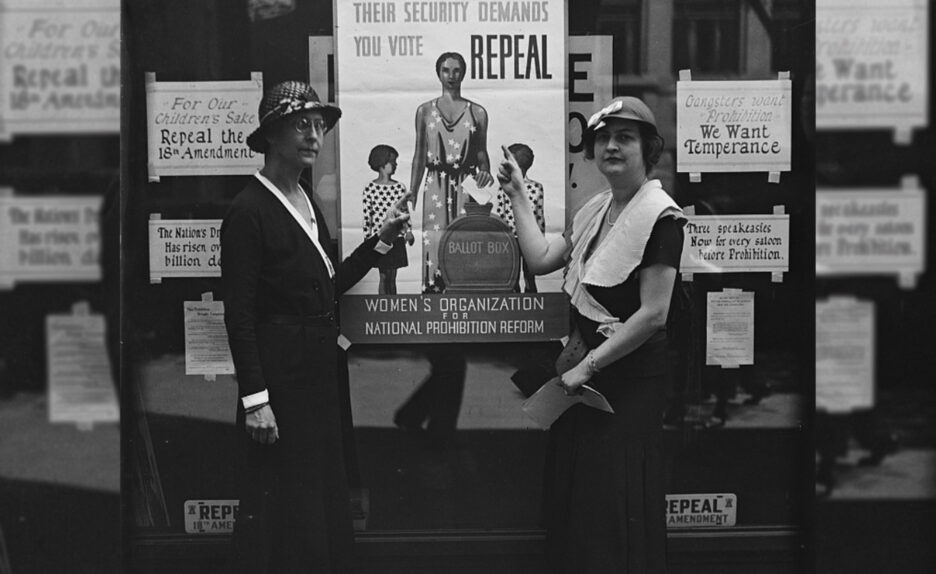
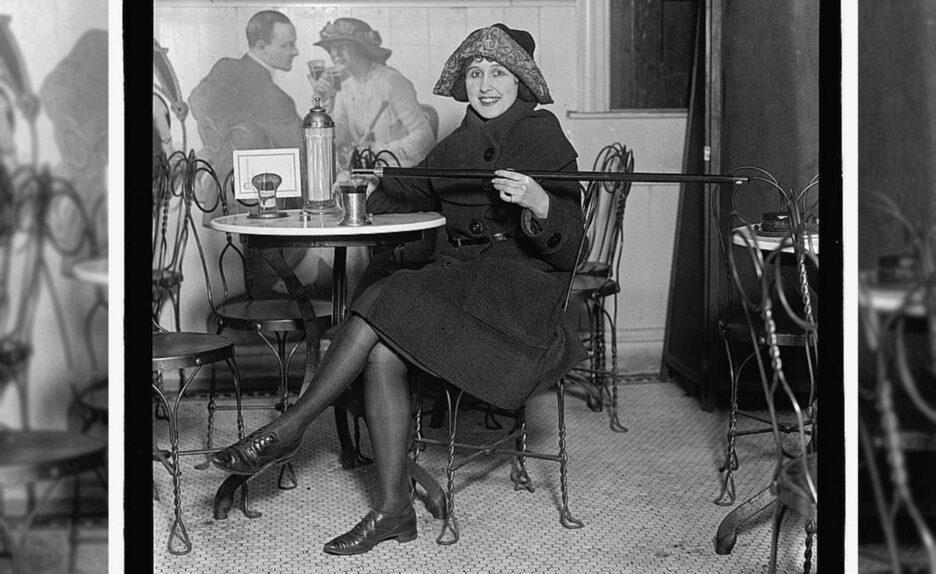
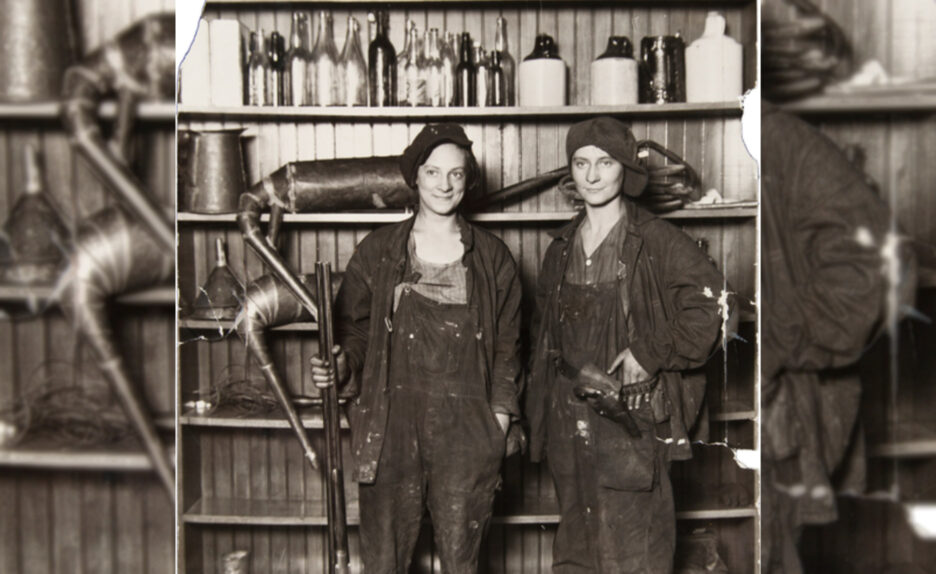
Men were surprised–and put off–to find women bellying up to the speakeasy next to them. The owners, who no longer had gender segregated bars, welcomed everyone with open arms. When you’re already breaking the law, why would it matter who you’re serving to?
Women also ran their own speakeasies, “moonshine joints” or “blind pigs.” Sometimes with their husbands but often on their own, capitalizing on the success of making their hooch and selling it too.
In 1926, Montana was the first state to repeal prohibition–seven years before the nation would repeal it in 1933.
Representatives considered the prohibition experiment a failure. Lost tax revenue, the high cost of policing with little return and an increased percentage of the population who actually started drinking persuaded Montana to repeal prohibition.
“Peer pressure, as well as the lure of the forbidden, was clearly at work. Alma Muentzer Hilemann recalled that none of her girlfriends drank until Prohibition, “then everybody ha[d] to taste and see what it [was].”(1)
Today, this rich, if not quite legal legacy lives on in Butte. From the historic speakeasies to the hidden tunnels and pathways connecting office buildings to bars, Butte hasn’t lost the connection to this element of its past. And it lives on at Headframe, too.
Everyone is welcome to belly up to the bar at Headframe. We are proud of the generations of distillers–both men and women–who came before us and we honor their legacy with our milk bottle inspired custom bottle shape. We honor them with our diverse team of distillers who make, sell and serve the spirits at Headframe. And we honor them by continuing the legacy of distilling in Butte, America.
- Murphy, Mary. “Bootlegging Mothers and Drinking Daughters: Gender and Prohibition in Butte, Montana.” American Quarterly, vol. 46, no. 2, 1994, pp. 174–94
- Murphy, Mary. “Mining Cultures: Men, Women, and Leisure in Butte, 1914-41.” Women, Gender, and Sexuality in American History